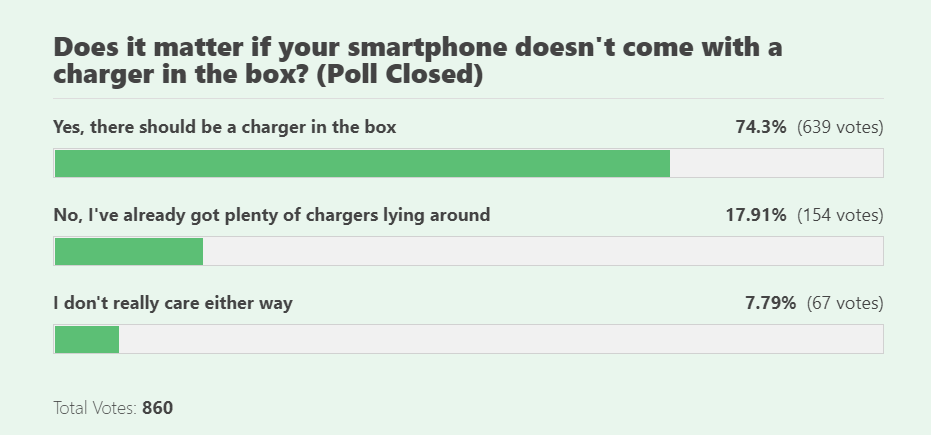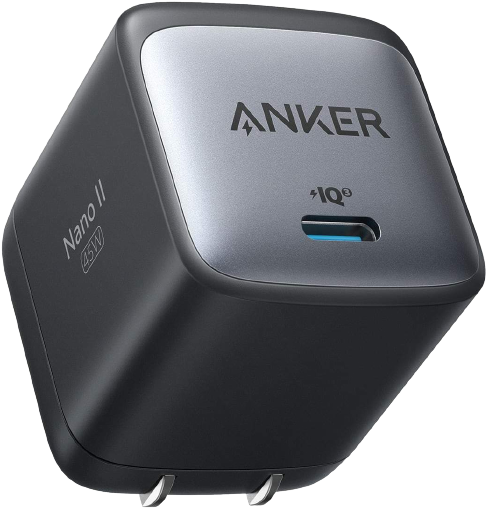The Google Pixel 6 won't ship with a charger and that's fine
Google is just following in Apple and Samsung's footsteps, after all.
The Google Pixel 6 hasn't been fully unveiled yet, but amid Samsung's Galaxy foldable news, Google announced that it wouldn't be including charging adaptors with the Pixel 6 and Pixel 6 Pro. Google shared the news with The Verge but has not yet confirmed the details with Android Central at the time of this article's publication.
Not everyone was happy with this news, as evidenced by a recent poll Android Central conducted. Most of our readers said that companies should ship a charger in the box, which makes sense to me on some level. Until recently, the charging adapter was a staple of the smartphone unboxing experience. While extras like headphones and cleaning cloths were never a given, the charging adapter was always expected. That was until October 2020, when Apple announced it was doing away with that custom with the launch of the iPhone 12. And much like it did previously when it removed the headphone jack, many other smartphone companies decided to follow suit.
Samsung hasn't included charging adapters in this year's flagships, starting with the Galaxy S21 series, and you won't find them with its new foldables either. But you know what? That's actually okay.
Corporate Social Responsibility, apparentyCompanies often argue that removing accessories like charging adapters from packaging is good for the environment and reduces e-waste, which is a valid point. With consumers purchasing smartphones by the hundreds of millions every year, there are literally tons of chargers shipping with them. According to Apple, charging adapters use the highest amounts of certain materials like copper, tin, and zinc ore. The company expects to save 861,000 metric tons of these materials by excluding chargers, and the reduced mining operations will result in fewer emissions and less environmental pollution as well.
However, Neil Shah, vice-president of research at Counterpoint Research, points out in an interview that while the environment may factor in, it's important to note that "there is a strong monetary reason behind this strategy."
A brand can save tens of millions of dollars with the elimination of chargers... not only from the contents in the box but also it helps reduce the size of the box by at least 35%, which means even lower packaging costs.
Fewer boxes mean less space and more room on crates to ship smartphones, all while touting reduced emissions "as a bonus to boost CSR (corporate social responsibility) marketing."
While the environmental aspect may be largely just a PR move, Google hasn't seemed overly eager to use that angle to its advantage. Instead, it has opted to go for the more straightforward approach. According to The Verge, Google posits that you most likely already have chargers lying around, which is a fair point. I've reached out to Google to find out if the company's decision not to include chargers with its smartphones is actually for this stated reason or if it's based on other factors, but I've yet to hear back from the company. I suspect that we'll likely hear something more official on the matter around the launch of the Pixel 6.
No charger? No Problem.To be honest, I have way too many charging adapters lying around my home. I really have no idea how I've racked up so many, but I'm sure that I'm not alone. Most people are likely to hold onto their phone's charger at upgrade time because carriers normally don't care to get those back when you trade-in or upgrade your smartphone; they just want the phone. So if you're like me, there are probably a few charging adapters hiding out in your couch cushions, making it pointless for OEMs to give you another new one.
If you really need one, there are plenty of good, affordable chargers out there.
Not only that, but companies like Apple and Samsung haven't exactly pushed the needle in terms of charging speeds. At most, iPhones and Galaxy smartphones charge at 20W and 25W, with a few exceptions, so it's likely you already have a charger that can top up your phone at its highest supported speed.
Rumors are that the upcoming Pixel 6 may charge faster than previous Pixels, but it's not a very drastic change from 18W to 33W. And if you don't already have a charger that supports the faster speed, some of the best USB-C chargers are extremely affordable, offer support for Power Delivery, and can charge at much faster speeds (making them essentially futureproof). They are also often much cheaper than what you'd find from either of these companies.
Shah says that for larger brands like Samsung, the decision not to include adapters in the box "makes sense where they have a strong ecosystem of users with existing chargers that won't necessarily need an extra charger."
However, the situation would be a bit different if, say, OnePlus or other smaller OEMs decided to stop shipping chargers, especially given their much faster-charging speeds. For example, the OnePlus 9 Pro uses OnePlus' proprietary Warp Charge technology to reach its 65W top charging speeds, so the company likely wants you to be able to take full advantage of the fastest charging speeds right out of the box. But with more of the best Android phones shipping with higher charging speeds, adapters that support even these speeds and higher are becoming increasingly commonplace.
Google deciding not to ship the Pixel 6 with a charging adapter is not the end of the world. The Pixel 5a has already proven that Google can do battery life right. And with the new Tensor chip powering the upcoming flagship, there's sure to be plenty of AI assistance in the background to help optimize your battery life, so you're not charging it as much anyways.
I don't think I'm alone in thinking that it would be nice if this decision would lead to cheaper smartphone costs as a result of the overall savings to the manufacturers. Still, while Shah says it's unlikely to lead to significant savings on a Pixel 6, companies "could run some ad-hoc bundling offers to sweeten the deal." Indeed, I do think it would be nice if companies like Google, Samsung, and Apple would provide their customers the option to bundle a charger with a smartphone, instead of making the decision for us. However, as noted, there are plenty of affordable chargers out there if you really need a new one, particularly from companies like Anker which makes small but powerful adapters.
But charger or no charger, I'm still very excited for the Pixel 6.
Anker Nano II 45W GaN chargerThe Anker Nano II 45W GaN charger is a small but capable charging adapter that can top up many smartphones and even laptops at rapid speeds. Thanks to the GaN technology, it doesn't take up very much space, giving you room to plug in another device.

